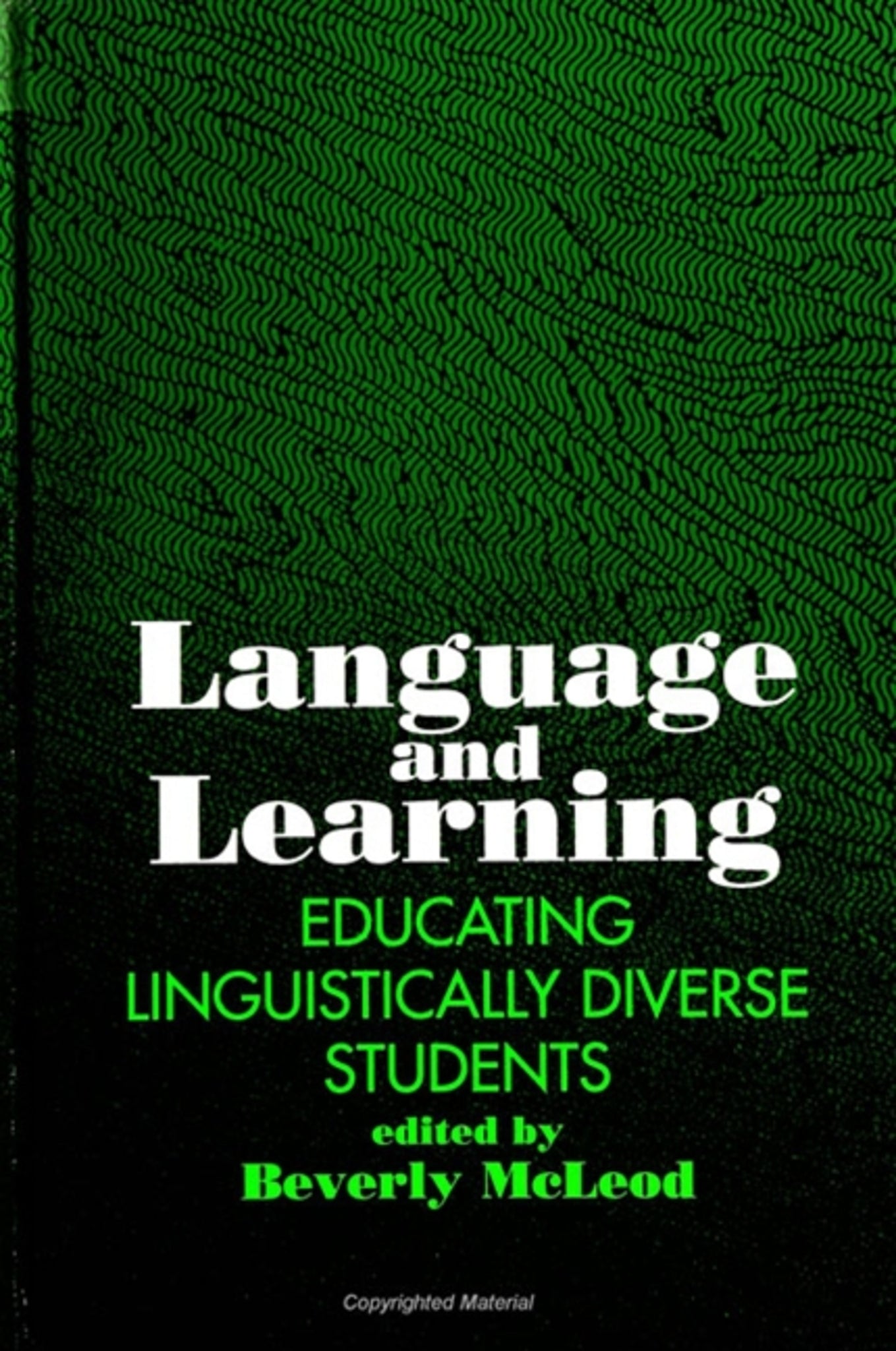We're sorry. An error has occurred
Please cancel or retry.
Language and Learning

Some error occured while loading the Quick View. Please close the Quick View and try reloading the page.
Couldn't load pickup availability
- Format:
-
01 July 1994

This book explores the challenges of teaching an increasingly multilingual and multicultural American school population. Six million American children-one in eight-live in homes where a language other than English is spoken. Most of these children come to school with limited ability in English. Many of them do not succeed in the American school system; two-thirds of immigrant students, and up to one-half of students from non-English backgrounds, drop out of school.
This books shows that transformation of schools to accommodate students from non-English backgrounds would benefit students from all backgrounds. Section One discusses the effects of education reform on students from non-English language backgrounds. Section Two focuses on what and how students are taught. Section Three provides contrasting perspectives on the issue of language development. Section Four outlines approaches, emphasizing meaningful communication, to teaching math and science to students from non-English language backgrounds.


"I like the broad coverage of critical issues in bilingual/multicultural education—political, sociological, philosophical, historical, and nitty-gritty implementation issues are presented. It offers a more balanced coverage of critical issues than other publications presently available on the market."— Manuel Ramirez III, University of Texas at Austin
List of Tables and Figures
Foreword
Introduction
Part I: Education Reform
1. Linguistic Diversity and Academic Achievement
Beverly McLeod
2. The Impact of the Education Reform Movement on Limited English Proficient Students
Patricia Gandara
3. The Role of Discourse in Learning, Schooling, and Reform
Hugh Mehan
Part II: Culture and Learning
4. The Value of a Multicultural Education for All Students
Christine E. Sleeter
5. Research Knowledge and Policy Issues in Cultural Diversity and Education
Roland G. Tharp
Part III: Language and Literacy
6. First and Second Language Literacy in the Late Elementary Grades
Barry McLaughlin
7. Teaching Strategies: Their Possibilities and Limitations
Lilia I. Bartolome
Part IV: Math and Science
8. A Communication Framework for Mathematics: Exemplary Instruction for Culturally and Linguistically Diverse Students
Mary E. Brenner
9. Language Diversity and Science Learning: The Need for a Critical System of Meaning
Alejandro J. Gallard and Deborah J. Tippins
Conclusion
List of Contributors
Index



